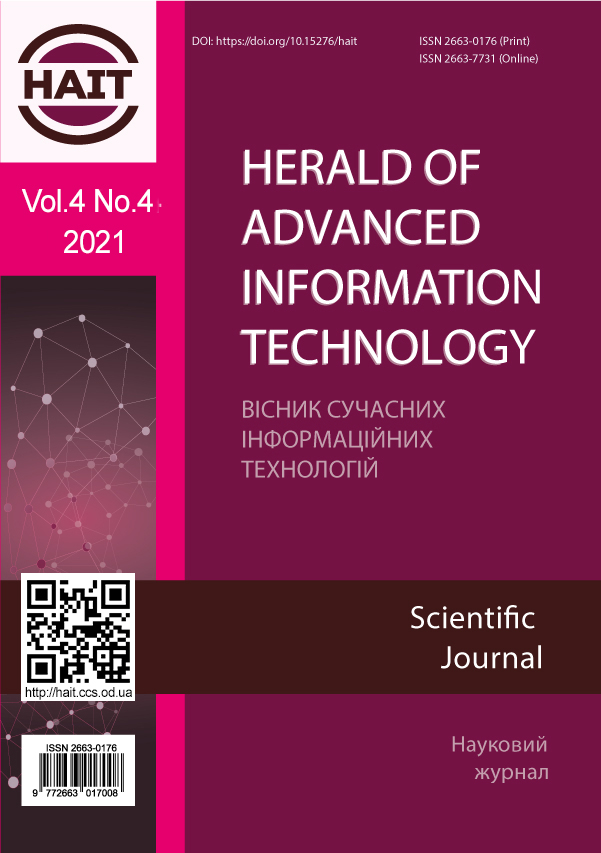Modelling the efficiency of power system with reserve capacity from variable renewable sources of energy
Main Article Content
Abstract
The paper considers modeling the efficiency of power system with integration large share of variable renewable sources of energy with the account of climate conditions of Ukraine. The proposed methodology with its position between system planning and dispatch simulation contributes to the field of hybrid energy system models. The idea behind the method allows high spatial and temporal resolution as well as the inclusion of the technical details of the power system and its dispatch. The novelty of this method is the usage of a parametric approach is chosen to analyze different variable renewable sources of energy scenarios, precisely every possible its share and mix. This provides insights on the systematic effects of different resource mixes and may serve as a new approach to the analysis of future power system development. The additional novelty aspect allows the optimization of the design of the technical details of the power system with large variable renewable sources shares to have continuous improvement of its energy efficiency. The energy balance model generator is well suited for the analysis of large share of variable renewable sources integration in the power system. The design of technical details of the power system with large variable renewable sources shares was optimized with the energy balance model. The results of numerical modelling demonstrated that at 80% variable renewable sources of energy share, the overproduction is reduced to 20%, down from over 100 % without grid extensions. With it, the necessary wind and solar capacity decreases. Consequently, the possible achievable variable renewable sources of energy share is increased, assuming the same technical potential. According to the results, a Ukrainian grid would allow to increase the possible variable renewable sources of energy share from 50% to 75%.



